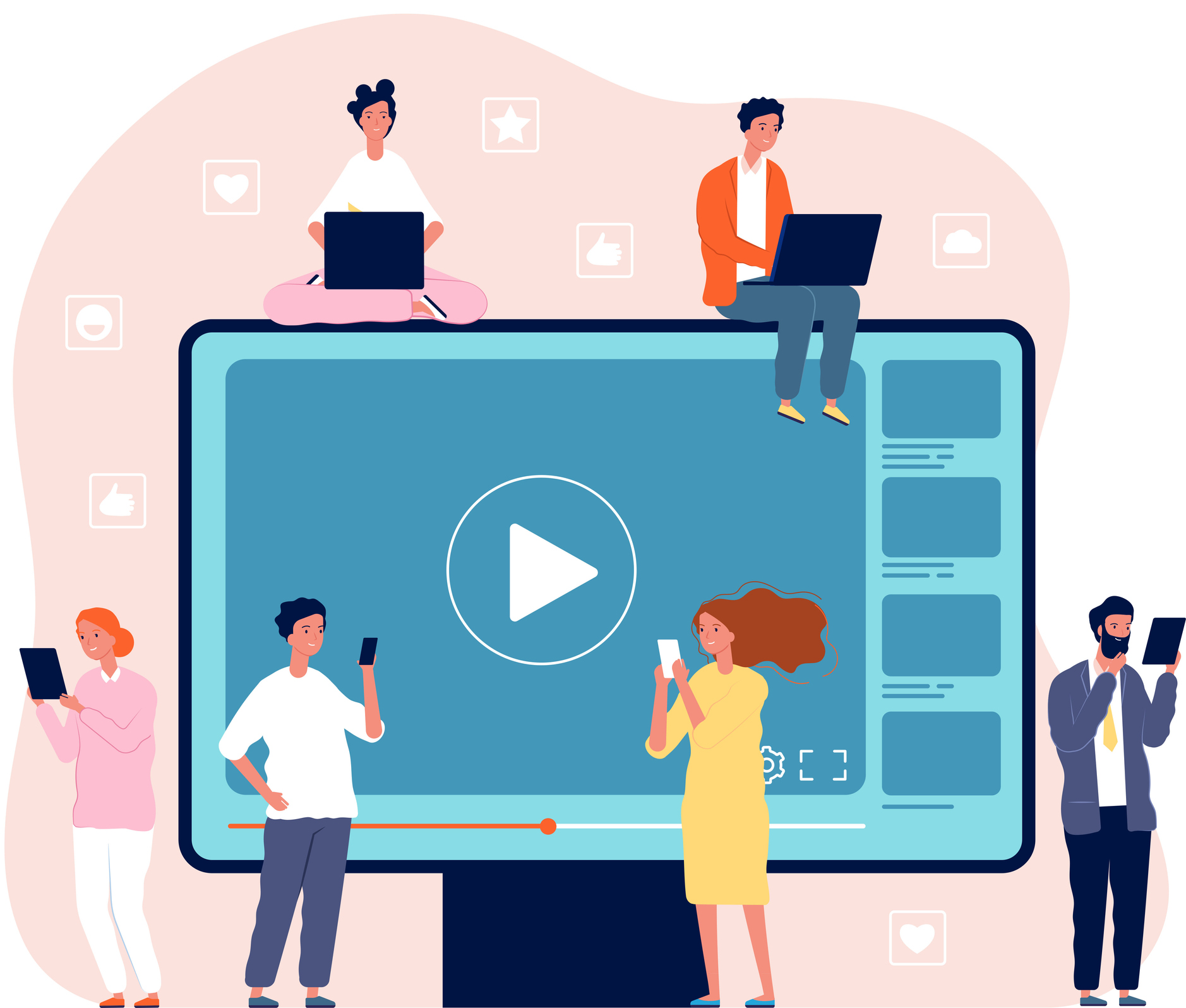If you’re like many associations and societies, you now find yourself with hundreds, if not thousands, of videos on your hands: nearly two years of content from virtual events, webinars, and presentations. The event platform itself isn’t the right place for it—and anyway, it’s generally only available for a limited time. And interested users aren’t going to be able to find it on YouTube amidst all the TikToks, music videos, and ads.

This is actually an extraordinary opportunity for publishers who are always in search of valuable content. Who else is better placed to preserve, repurpose, and monetize than you?
The hard part is done—the content has been created—but the work is not finished. To create a valuable product proposition, metadata needs to be added, a workflow needs to be determined, and a business model established. Who is going to work on this project? Where will the content be published? What resources are required?
The resources you need will depend on the project, but you’ll want to think through an appropriate post-production workflow that includes the application of metadata, DOIs, persistent identifiers, transcripts and closed captioning, and possibly even translations. If the content is coming from an event, often the conference management system will have built in a workflow, such as an integration with an abstract management system. With this in place, managing large volumes of content become almost as easy as managing a handful of videos.
If the content is just posted, but not appropriately published, it’s highly unlikely it will be discovered or accessed by the desired readership, defeating the entire purpose. With the vast amount of content available now, making sure your audience can find your content is the number one concern. Fortunately, there are lots of tools that can support this, just as books and journals are made findable and accessible.
To get you thinking about what is possible for your organization, here are some recent examples of multimedia products we’ve encountered:
- If you already publish conference proceedings, publish the videos alongside the papers. Readers can search the paper and video for relevant keywords and go straight to the portion of the video they are interested in. Assign related DOIs to the papers and videos to make finding them easy and permanent. This has been a great way to revitalize proceeding products that have been declining in recent years.
- So you’ve got enough content for your own Netflix now. A multimedia library has the advantage of giving a home to non-technical presentations (plenaries, workshops, training, etc.), plus a place to stream your webinars. As you’ll probably continue offering at least some virtual programming in the future, there will be a continued source of new content.
- We’ve also seen organizations creating an aggregated media library, which includes not only their own content from conferences, webinars, and current best practices, but also aggregating similar content from other societies and publishers in a similar space. This can strengthen the product and build relationships within the community. (See Bone & Joint’s Orthomedia site for an example.)
- Embed in existing learning products (organizations in the medical space have been doing this for years; see the new SCORE Portal or the AAOS Video Theater).
- The beauty of streaming video is you can serve the same content in multiple places or platforms from the same server, so you can combine any of the above options, i.e., embed a video presentation within the proceedings paper and place it in a video library, or link to it from one place to the other.
- Open to all, with a registration requirement
- Open only to members as a benefit
- Open to those who already paid to attend the conference itself
- An add-on to an existing product, perhaps licensed to libraries
- An entirely new product licensed to libraries or organizations
- Open to all or to selected areas within the developing world, paid for by a partner sponsorship
To learn more, contact info@cadmore.media.